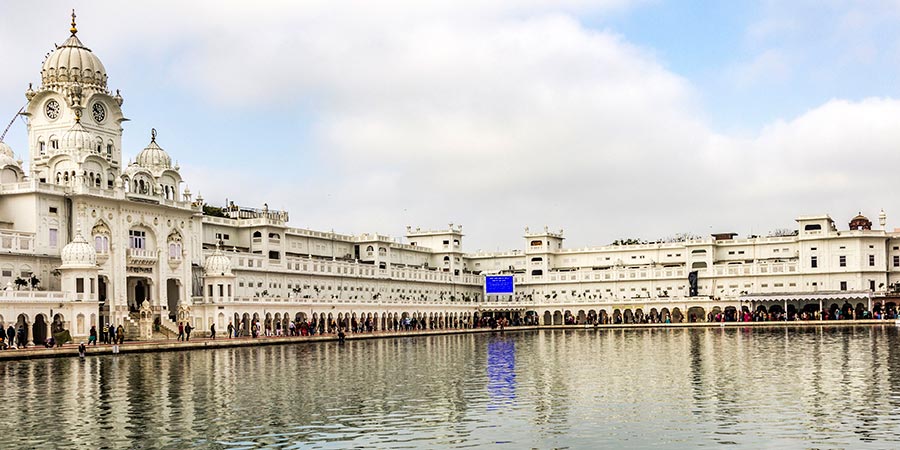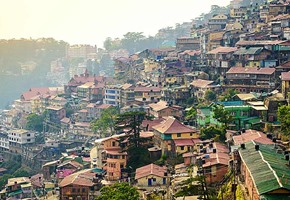Every August 15th India commemorates the momentous occasion when it finally gained its independence from British colonial rule, and 2018 marks the 72nd anniversary of the country's emancipation. As the world moves ever closer towards becoming a global village, it's a date which shouldn't just be remembered by the citizens of India alone, and here in the UK we have the added responsibility of making younger generations aware of what it actually meant for the subcontinent to be subjected to our governance.
India has been a desirable holiday destination for years, but what attracted the British way back in the 17th century was a rich treasure trove of spices, jewels, textiles and cheap, as well as plentiful, man power. All-out war would never have swung in the favour of the British military, so the recently formed East India Trading Company set out to play the long game, slowly building up a monopoly in the Asian trade market and exerting more and more pressure as the years went on. By 1639 the company had enough armed forces and were 'negotiating' with reginal principalities to take control of Madras. In 1661 their influence had extended to Bombay, home to one of the country's most prosperous ports, and by the 1690s they ruled over Calcutta. From there pressure and power spread quickly, eventually seeping into the rich territories of Bengal.
From 1750 to 1760 Britain fought the other main European power in India at the time, France, eventually winning a decisive battle at Wandiwash in 1760 to complete their domination. Over the course of more than 100 years, Britain had exerted its authority through a mixture of trade treaties, royal collusion with easily corruptible Indian princes, and plain brute force. This insidious style of command would be the main stepping stone to nearly a century of the British Raj in India, the point at which, in 1858, crown rule took over from where the East India Trading Company had left off and marked the formalisation of India as a British colony. During this period India may have grown increasingly affluent, but it was not the everyday people who benefitted from this accumulation of wealth, and the monarchy's reign was punctuated by a series of unforgivable acts, even the worst of which remain little-known to this day;
1) Amritsar Massacre On 3rd April 1919, while much of the world had its eyes trained on the battlefields of northern France, up to 1,000 peaceful protestors lost their lives at the hands of Brigadier Reginald Dyer who ordered the Gurkha troops under his command to keep shooting until they ran out of ammunition. It took only ten minutes for them to extinguish so many lives and injure a further 1,000, an act for which the Brigadier was rewarded with a payment of £26,000.
2) Countrywide famines Between 1858 and 1947 a minimum of 12 million Indians died from starvation as Britain exported life sustaining crops such as wheat, which provided vital sustenance to poorer civilians. During the Second World War, Winston Churchill diverted food to soldiers fighting in Europe while a deadly famine ravaged Bengal. Discussing the subject in 1943 he said, 'I hate Indians. They are a beastly people with a beastly religion. The famine was their own fault for breeding like rabbits.'
3) Partition of India In preparation for British withdrawal in 1947, Cyril Radcliffe was tasked with drawing up boarders between India and the newly created country of Pakistan, a task he impressively managed to complete within a single lunch break. Subsequently he made the decision to split the subcontinent by religion, Hindus in India and Muslims in Pakistan. This indelicate division displaced at least 10 million people and sectarian fighting over the subsequent decades has killed up to one million.






